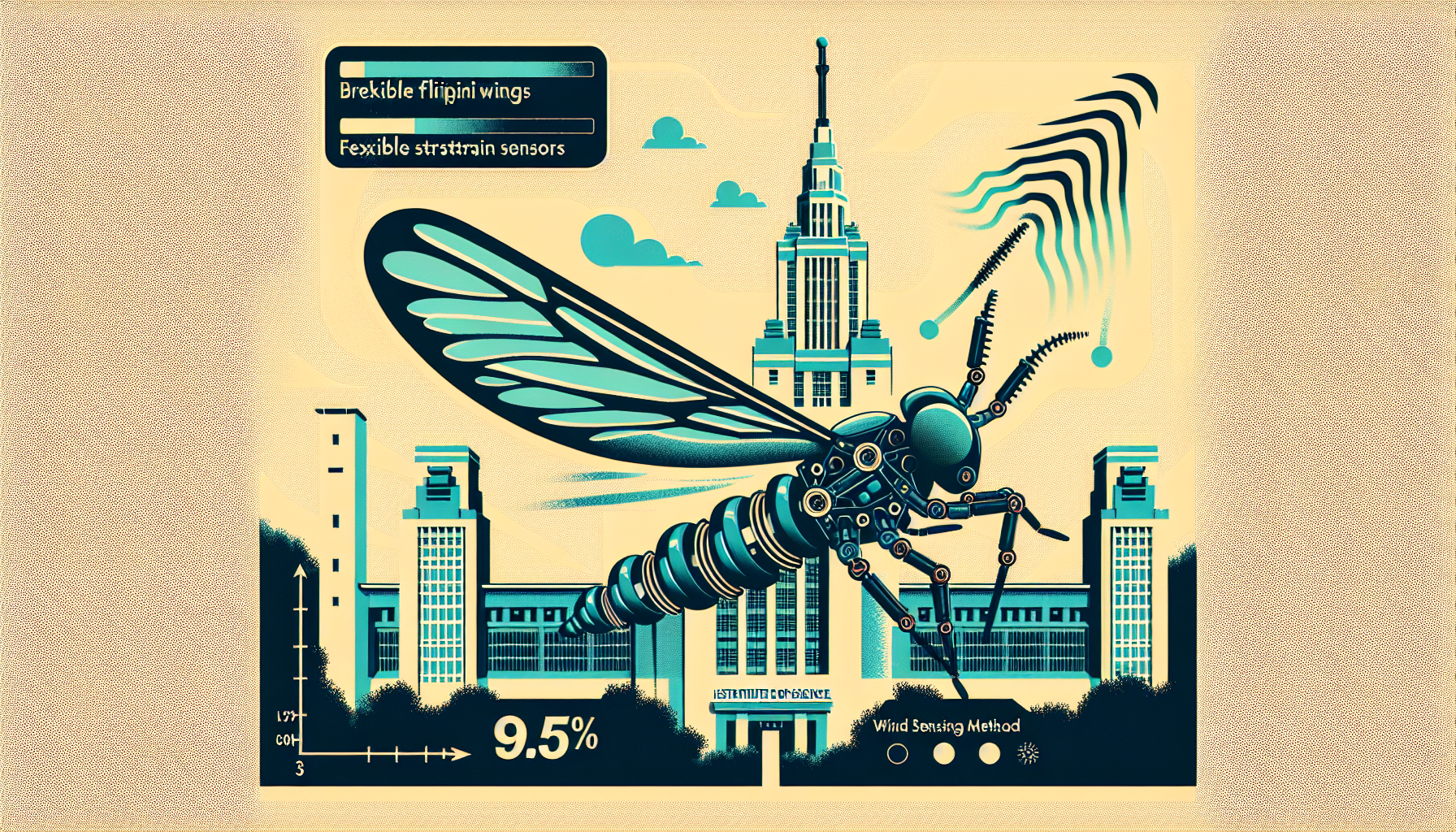In the realm of robotic flight control, a remarkable breakthrough has taken place at the Institute of Science Tokyo. A team of researchers has crafted a wind-sensing method inspired by nature, unlocking new potential for robotics. This cutting-edge technique employs strain sensors on flexible flapping wings, mimicking the sensory abilities innate to birds and insects, and boasts an impressive 99.5% accuracy in determining wind direction. This discovery signifies a leap towards more advanced and responsive control strategies in robotic flight.
Bio-Inspiration from Nature
Flying creatures have long perfected their mastery of the skies using natural, built-in mechanisms. Birds and insects, for instance, host mechanical receptors on their wings that sense strain, helping them seamlessly adapt to wind shifts and environmental changes. These receptors are essential for real-time flight adjustments. Inspired by such natural systems, the Institute’s researchers sought to emulate and even enhance these capabilities within robotic wings.
Design and Implementation
Under the leadership of Associate Professor Hiroto Tanaka, the research team engineered a biomimetic flapping-wing robot designed after the nimble hummingbird. Known for its stability and agility, the hummingbird was an exemplary model instructive to the study. The artificial wings were crafted with a tapered shaft supporting a wing-like film, resembling nature’s design. Embedding these wings were seven cost-effective strain gauges capable of detecting the slightest variations during their operation.
A DC motor, connected through a Scotch yoke mechanism and reduction gears, powered the flapping motion, replicating the rhythm of the hummingbird at 12 cycles per second. This robotic setup underwent rigorous testing in a wind tunnel, simulating conditions akin to hovering. Various wind angles were introduced, ranging from completely calm to varying degrees up to 90°.
Machine Learning and Data Analysis
Once the sensors gathered strain data, it was processed through a convolutional neural network (CNN) model—an advanced machine learning technique. This allowed the system to classify wind conditions with extraordinary accuracy. The complete data collected from a full flapping cycle resulted in a classification accuracy of 99.5%. Impressively, even a fraction of the data, from only one-fifth of a cycle, maintained a high accuracy level of 85.2%.
Implications and Applications
This advancement carries significant implications for aerial robotics. Lightweight flying devices, which commonly face challenges in balancing payload with functionality, can now integrate simple strain sensors to detect air flows without necessitating additional equipment. This technology enhances drone navigation, especially in unpredictable settings like urban landscapes or remote areas.
The scope of application is vast. Equipped drones could excel in environmental monitoring, execute search and rescue missions, or bolster agricultural practices. The affordable and lightweight nature of strain gauges makes implementation feasible on a broad scale, spanning commercial to military uses. For example, delivery drones would gain enhanced wind-sensing abilities, promoting safer and smoother operations under variable weather conditions.
Future Research and Development
This study not only enriches the comprehension of how birds and insects use strain sensing to maneuver through wind but also lays groundwork for further exploration in the field of biomimicry. By blending nature-inspired innovation with contemporary engineering, such revelations have the potential to transform a range of industries—including underwater robotics and even space exploration—where adaptive movement within fluid environments proves crucial.
In summation, the development of this bio-inspired wind-sensing strategy epitomizes an important step forward in robotic flight technology. Learning from natural designs, these advances steer towards a future where robots can navigate with improved efficiency and precision, tackling complex environments with newfound agility and effectiveness.

Leave a Reply